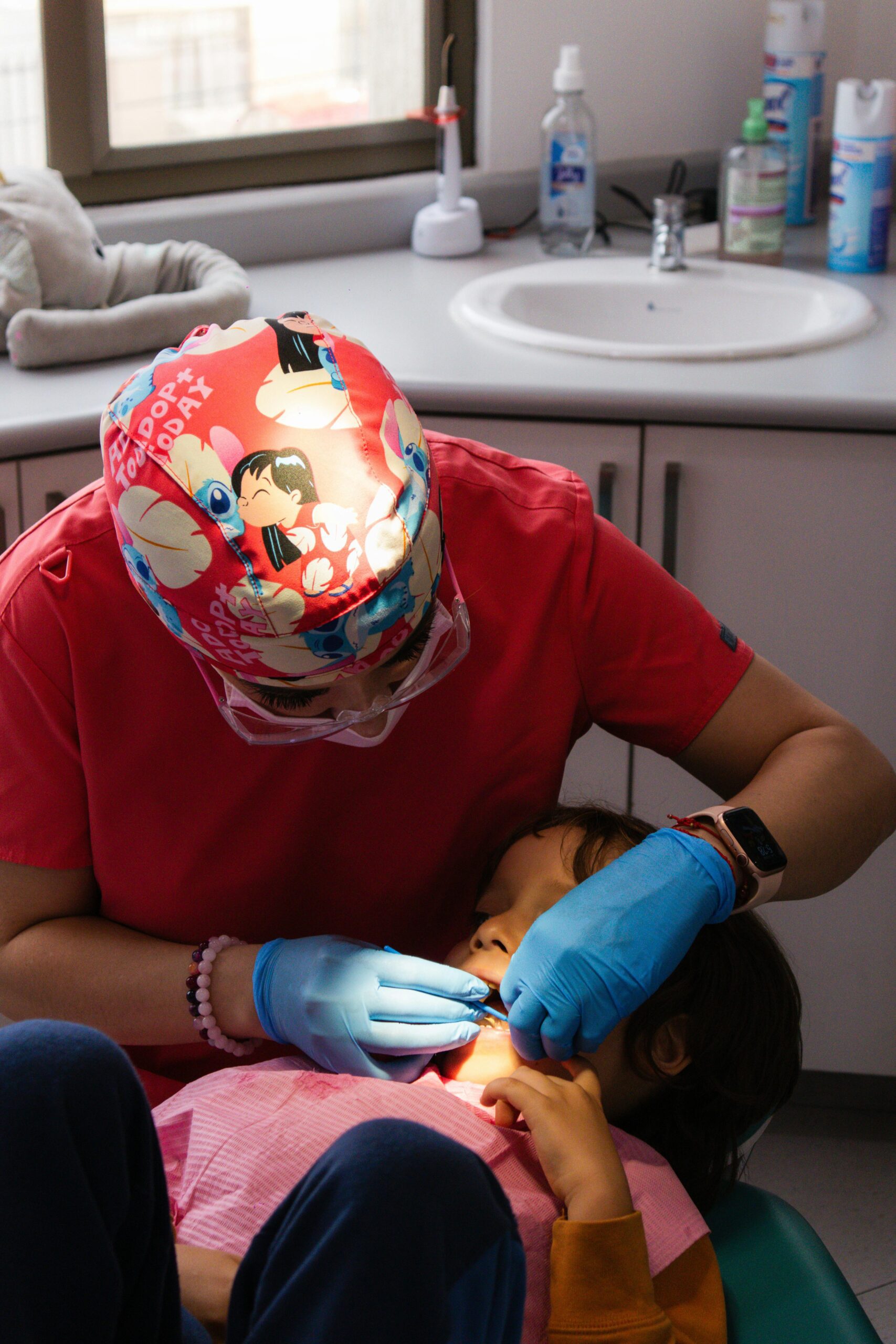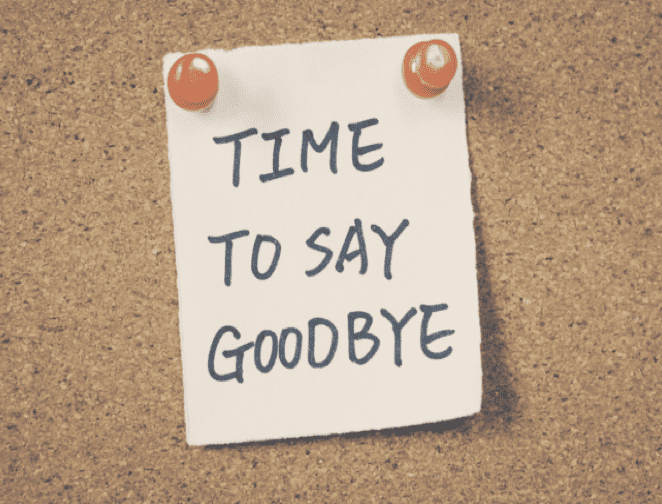Adobe photo
By Jill Schlesinger
If you want to see the effects of the Federal Reserve’s interest policy over the past three years, look no further than the nation’s residential real estate market.
In its effort to keep the economy afloat amid the pandemic, the central bank dropped interest rates to zero and purchased bonds. Accordingly, mortgage rates plummeted to all-time lows. As of the beginning of 2021, the average contract rate for a 30-year fixed rate mortgage tumbled to 2.65 percent.
Seeking refuge from crowded cities and untethered by physical workplaces, buyers flocked to the real estate market and prices jumped. The manic housing activity slowed throughout last year, as the Fed embarked on an aggressive rate hike campaign. As the central bank nears the end of its rate hike cycle and given the time of year, it’s time to check in on the housing market.
Although activity may have bottomed, there are still problems that leave the residential market out of whack.
The first issue is affordability. The Federal Reserve Bank of Atlanta maintains the “Home Ownership Affordability Monitor,” which tracks components of housing costs to determine affordability. The variables are median home price, median income, prevailing interest rate, median monthly principal and interest (P&I) payment, the total median monthly payment (including P&I, taxes, insurance, and private mortgage insurance), and annual total payment share of median income.
A home is considered “affordable” when total housing costs for a median priced home account for less than 30% of the median household income.
In January 2020, just before the pandemic hit, the total payment as a share of income stood at 28.4%, a level that was considered “affordable.” Three years later in January 2023, that share jumped to 38.6%. The combination of higher prices ($341,667 in 2023 vs $264,000 in 2020) and rising interest rates (6.1% in 2023 vs. 3.6% in 2020) more than dwarfed income gains ($74,718 in 2023 vs. $65,947 in 2020).
Another issue weighing on the market is a continued low level of inventory. A massive number of homeowners refinanced their loans in 2020 and 2021, which means that they are sitting on affordable monthly payments. The idea of giving up rock-bottom mortgage is tough to swallow for all but those who can afford to purchase their next home with cash.
If you are considering jumping into the housing fray, the numbers can work, especially if you are in a high cost of living area where rent is expensive. To reduce the cost of carrying a home, consider an adjustable-rate mortgage, which decreases the amount of interest for a fixed period. These loans can work for those who will likely sell or refinance by the end of the period. Borrowers can also lower their payments by paying points to lower the loan’s interest rate, either permanently or temporarily.
If you are staying put and want to make improvements that will make your current home more livable, the National Association of Realtors has found that the projects that bring the most joy are: painting, refinishing floors, closet renovation, and upgrading kitchens, bathrooms and laundry areas.
The interior projects that have the biggest bang for the buck are: refinishing hardwood floors, new wood flooring, and insulation upgrade. (Many expensive and popular projects like bathrooms and kitchens may bring you happiness, but owners rarely recoup their investments in them.
For outdoor projects, the story is the same: the joy or an in-ground pool or landscape lighting does not necessarily pay off. “The least expensive project — standard lawn care service — had the highest cost recovery (217%), followed by landscape maintenance (104%), while the lowest cost recovery was for an in-ground pool (56%).
Jill Schlesinger, CFP, is a CBS News business analyst. A former options trader and CIO of an investment advisory firm, she welcomes comments and questions at askjill@jillonmoney.com. Check her website at www.jillonmoney.com.
©2023 Tribune Content Agency, LLC




